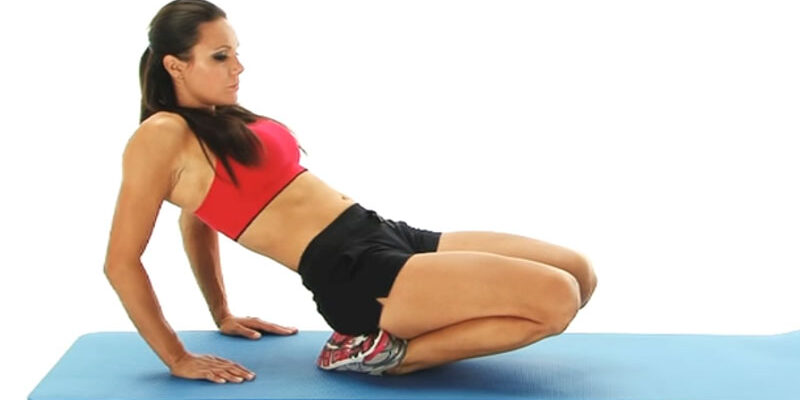Shin splints, a common ailment among athletes and runners, can be debilitating. However, with the right stretches, one can alleviate the pain and prevent future occurrences. This article delves deep into stretches that are highly beneficial for those suffering from shin splints.
Understanding Shin Splints
Shin splints refer to the pain along the shin bone or tibia, the front part of the lower leg. This condition is usually brought about by overuse, improper footwear, or irregular surfaces.
Why Stretching Matters
Stretching plays a pivotal role in preventing and treating shin splints. It helps:
- Improve flexibility: Enhanced flexibility reduces the strain on the muscles.
- Increase blood flow: A better blood circulation speeds up healing.
- Strengthen muscles: Strong muscles can handle stress better, decreasing the risk of injuries.
Top Stretches for Shin Splints
1. Standing Calf Stretch
This stretch targets the calf muscles, which, when tight, can contribute to shin splints.
- How to do it:
- Stand facing a wall.
- Extend one leg behind, keeping the heel flat on the ground.
- Bend the front knee while keeping the back knee straight.
- Hold for 20-30 seconds.
- Switch legs and repeat.
2. Seated Shin Stretch
This focuses on the anterior tibialis, the muscle located at the front of the shin.
- How to do it:
- Sit with your legs extended in front.
- Point your toes downward.
- Gently press the tops of your feet onto the floor.
- Hold for 20-30 seconds.
3. Achilles Stretch
The Achilles tendon can contribute to shin splints when it’s tight.
- How to do it:
- Sit on the edge of a raised platform, like a step.
- Place the balls of both feet on the edge with heels extending off.
- Gently push the heels downward.
- Hold for 20-30 seconds.
Tips for Effective Stretching
- Warm up: Always start with a 5-10 minute warm-up, like brisk walking, to get the blood flowing.
- Consistency: Make stretching a daily routine, especially if you’re an athlete or runner.
- Don’t overstretch: Stretch only to the point of mild discomfort.
- Breath: Never hold your breath while stretching. It’s vital to breathe regularly and deeply.
Prevention is Better than Cure
While stretching is crucial in treating shin splints, it’s equally important to focus on prevention. Here are some tips:
- Choose the right footwear: Invest in shoes with good arch support and cushioning.
- Mix your workouts: Rotate between high-impact activities and low-impact ones like swimming.
- Listen to your body: At the first sign of pain, slow down or stop. Pushing through pain can exacerbate the condition.
In conclusion
While shin splints can be painful and frustrating, with consistent stretching and preventive measures, you can alleviate the pain and reduce the chances of its recurrence. Remember, it’s essential to consult with a healthcare professional or physiotherapist to understand the specific needs of your body.













Comments